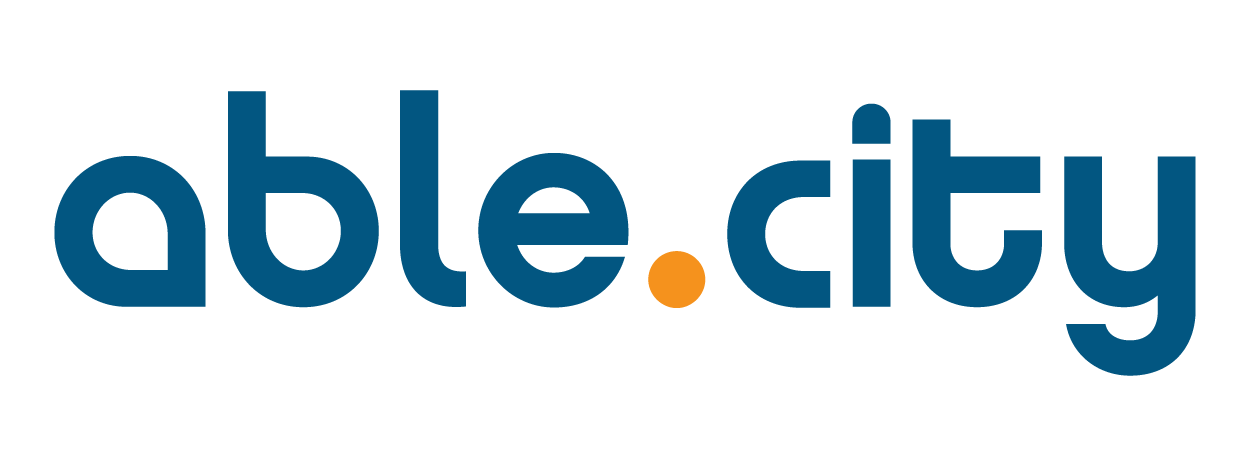At Able City, when it comes to making better cities, our employees and our firm are on the same page. To illustrate this — and offer a peek at our staff and practice — we’re featuring one team member monthly as part of our regular employee profile series.
For our second installment, meet Victor Montes from our San Antonio office. A native of Laredo, TX, Victor has also lived in South Bend, IN where he went to Notre Dame to receive his Bachelor’s in Architecture, and Rome, Italy. In the interview we talk about the ‘problem-solving’ overlap between computers and architecture, as well as his advice for starting off in architecture and his advice for how to get a city or a building’s ‘feel.’
See below for our Q-and-A.
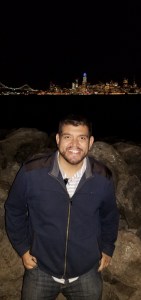
Able City (AC): Can you talk a bit about your background and why you decided to study architecture?
Victor Montes (VM): I’m originally from Laredo. Texas born and raised. Laredo is a small city. There aren’t that many skyscrapers or buildings, but we would take trips to Houston to visit our family. Those towers would just be above you — it was amazing, so much glass and concrete. I asked the questions, who designs this? How do you do these? Who makes this?
Ever since then, I wanted to do architecture, but my high school didn’t have that program. My high school was specifically for new technology and IT. I was exploring that route, and I took a lot of courses on computers and graphics, like Photoshop and Cisco but I knew there was some way I could tie architecture into computers.
The University of Notre Dame, where I went for architecture school, was quite traditional; they would still use hand-drafting and watercoloring, and while they weren’t opposed to computer graphics, they felt students should learn how to walk first before they run. It was true, knowing how to watercolor, how to draft, how to do color pencil, charcoals — it gives you a sense of scale when you’re drawing with paper. On computers you can just draw a line, but when you’re on paper, you get to know what you’re physically drawing and you get a better sense of space. It’s also a huge plus, learning how things were done back in the day that still work to this date.
AC: When did the computer interest come back in?
VM: At Hickey Pena [a precursor company to Able City] I became the unofficial IT at the office and I ran with it. As time progressed, I just started learning more about it and what we could do and other softwares we can use. Now I’ve become the BIM manager for our office. As BIM Manager, I’m in charge of all the projects that are going to be shared, object libraries, ArchiCad templates, and I make sure everyone has access to it and our file servers. I train employees on Archicad and standards. I know I’ve helped many throughout my years here. Now since we’re all working remotely, I also make sure everyone can access the VPN so that we’re all connected to the same servers.
AC: Right, I’m sure everyone appreciates your tech expertise right about now.
VM: Right now is a good example of what I like about architecture and technology: problem-solving. The client comes to you with a problem, and it’s nice to have a feel for it. That’s what pushes me — as the architect, trying to solve how spaces work with one another, and that’s kind of the same with computers.
AC: Are there any other parallels between computers and architecture?
VM: As we grow more and more into the future, there definitely is. Softwares are getting more advanced. BIM is the building information model — now you’re actually designing in 3D, but in order to get these graphics, you also need to have a good sense of computers and hardware. You need to be able to have the right machine in order to produce these. In doing so, the client also gets a better understanding of what they’re getting. Before it was a picture, a flat image.
Now you can actually do virtual reality — you can put goggles and walk your building, we have that much capability. But that goes back to needing to have knowledge in computers just so you can make your computer run the software.
AC: If you were talking to a high school student, what advice would you give them?
VM: I hear a lot, You’re in architecture you must need to know how to draw. No, you don’t need to know how to draw … just have a passion for it. Get a sense of how spaces are used by people. Even ask the questions, how do you feel about your house or your room? How do you interact with spaces? I think that’s what’s important to know. How other people interact with spaces as well — and not just rooms, cities in general. The interaction between people in a space, or outside.
One of the things that I like to follow in life is to always try new things or to try things before turning them down. Learning from experience is always key. That’s one of the reasons I like traveling and seeing different spaces. I was able to backpack across Europe for a month and learned so much from the different cities/towns I would visit. Each with a different personality. Experience is such a great learning tactic and that’s something I would recommend to anyone whether pursuing architecture or not.

AC: Able City distinguishes itself based on integration of architecture and urban planning. What in your view is the case for doing that?
VM: In San Antonio I can easilyleave our office, go somewhere, and see a lot of things happening at once. I still drive to work but I have the capability of using the bus, bikes or walking. In Laredo, I would not have that option. It’s a very key point that we should stress. Even when I was living in Rome as a student, I didn’t have any vehicles or cars, but I somehow got around to see so much of the city and downtown areas. I would just walk and find something to do. You wouldn’t even notice the burden of walking everywhere; you’re kept entertained, there’s so much to see in an urban sense. I’m happy Able City is pushing more toward that goal, because again, a lot of people don’t know what they’re missing if they haven’t lived it.
AC: Can you talk about a project you’re working on now?
VM: Most of my projects are out of San Antonio — I like that because it keeps me occupied and I get to see all these different vernaculars throughout Texas. Right now I’m working on the restoration for the cathedral in Laredo, Texas. I have an education in traditional architecture, so I think that’s helped me with that project. It’s a lot of work, a lot of documentation and paperwork but I’m so excited for its opening. We’re projected to be done soon, and I’ve been working on this for four years.
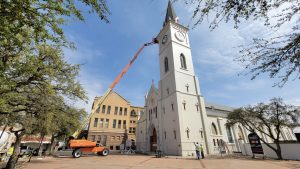
AC: Four years, wow. Aaron and I also talked about this, but what does it mean to you to work on that timescale?
VM: It’s a slow process but you get to see your building change throughout. That feeling is very rewarding. There’s one building that I worked in the past — Zachry Elementary School — that also took about two and a half years — it feels good hearing people talk about it, even though that was six years ago. I’ll still get people remarking on it. It shows that patience pays off. It’s a good discipline to have.
Some cathedrals took 25 years — and there’s even some architects who don’t get to see their work done. It’s eye-opening. It puts you into perspective.
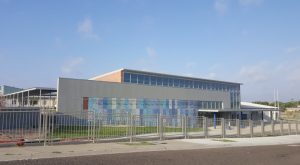
AC: What would your advice, as an aspiring architect, be for noticing?
VM: Walking the spaces. Every city has its own style, feel. The environment and atmosphere. San Antonio, it’s a bit like Rome, traditional and upscaled. Even the downtown you can tell was done by a professional because of so many stone structures and detail-oriented structures. In Laredo, it’s a bit old but you can see at one point we had some vernacular going on and then it was interrupted.
I for one am a person who likes to go and touch the material. I like to appreciate the material and get a sense of the texture, how it looks.
Walk up to a building and experience it. Go into a space and see how it makes you feel; is there too much light, is there not enough light, is it too cold? Getting a feeling gives a better understanding of what architects are trying to achieve.
AC: Touch it, that’s great advice. The tactility.
VM: Unless it’s the Mona Lisa.
AC: Favorite building?
VM: The pantheon in Rome. It’s one of theoldest buildings still standing. You see this thing in the book but when you walk in, it’s so massive, you’re taken aback — how did people build this? How does this happen? They said, whenever it rains in Rome go and see how the oculus works, which I did. Water was coming in but it was just segregated and pointing to the middle. It’s still a usable space. It’s a great experience.
AC: I was struck by your note about following generations.What does it mean to design for next generations?
VM: We’re pursuing LEED on the next project that I’m working on, so we’re learning more about green architecture and I’m actually trying to get my green associates LEED-AP accreditation for this project. That’s another aspect that I’m interested in: sustainability.
In terms of how architecture affects generations to come, that is more toward the aspect of sustainability —we want to make a building last, but we want to make a building that not only lasts but doesn’t impact the earth as much. It’s very important we take care of the one planet that we have. It’s about building smarter and using smarter materials.
Buildings last a long time so we want to make sure that here, they’re occupying and being used and not becoming a burden and abandoned in the end. In Laredo, there was a building that I was a huge fan of with brick and stone moldings. It was in the center of downtown and it was an icon, but it was torn down because it was abandoned.
That’s part of our responsibility as architects; to make sure that the building will always have a program. To design smart so that it’s multi-usable. For instance, we can design a library that could later become a museum. That’s what I was trying to get to with generations. Long-lasting buildings.
AC: Why Able City?
VM:We’re so goal-oriented. We have a good sense of what we want to do. We’re aware of what we’re doing and trying to help communities be better. Writing the bylaws is important but we enforce it within ourselves and have so much talent.
We have so many different points of views and we may not always agree but it’s always healthy that we have both sides of the story so we can help one another and get a better understanding. That’s what I like about Able City; that there’s so much talent and so many ideas that we bring together, present, and really follow-through on.
